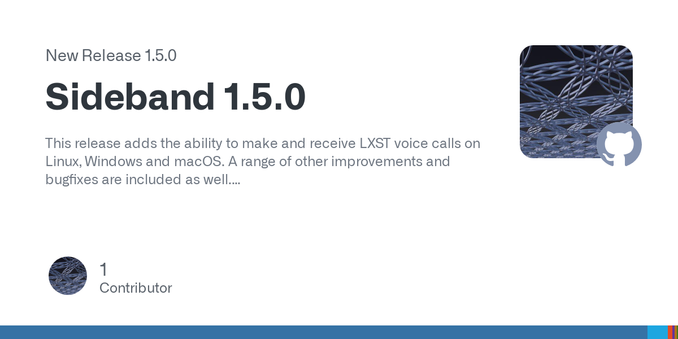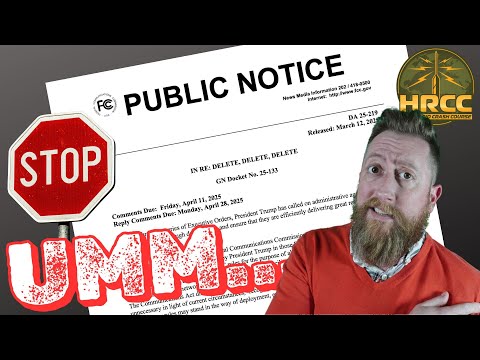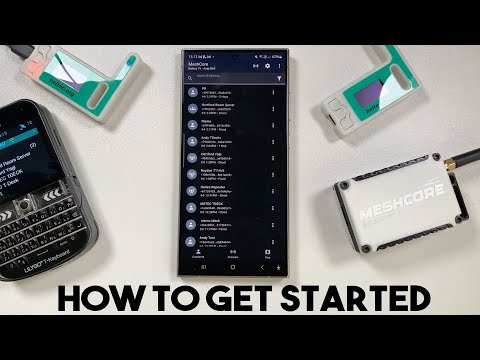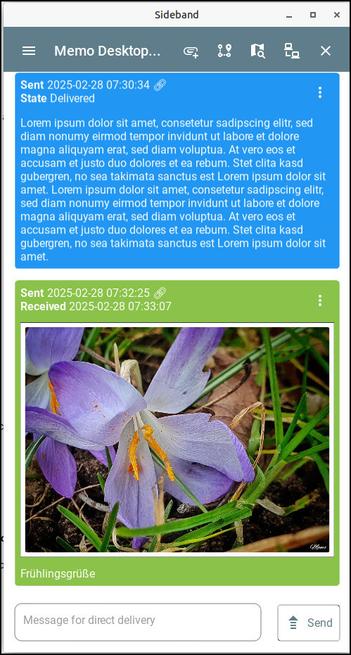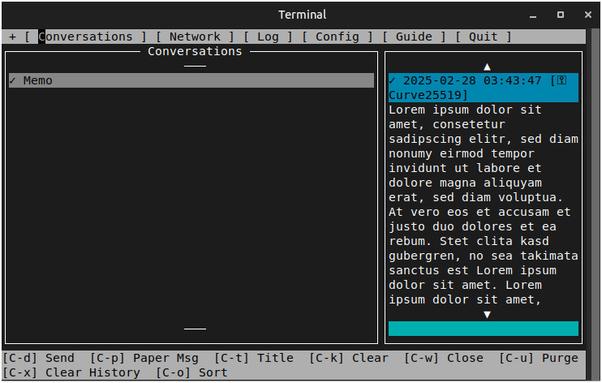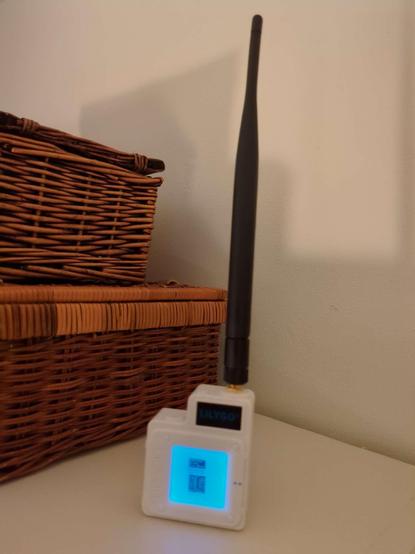Encrypted, decentralized and truly peer-to-peer voice calls and telephony over Reticulum is now a reality with the newly released LXST framework. Because it uses Reticulum for data transport, LXST voice calls require no intermediary servers or accounts anywhere. Anyone with an LXST-enabled device or software client can call anyone else - as long as there is a network connection between the devices.
Using the efficient hybrid mesh routing of Reticulum, this also means that your calls aren't routed anywhere they shouldn't be. If you call an endpoint in the same building, the telephones connect directly, and not over somebody elses VoIP server in another country.
These two prototypes are fully functional telephones, that can dial to and receive calls from any other LXST endpoint. It takes about 20 minutes to assemble one, and it's built from completely standard and readily available components, obtainable from common electronics vendors.
Initial client support is already implement in the Sideband application for desktop, the command line application
rnphone, and of course the physical telephone implementation.Like other Reticulum-based protocols, authentication and encryption is handled by the self-sovereign identity layer in Reticulum. This means that you truly own your addresses, and that you can move around to anywhere in the network (or another network altogether) and still be reachable for anyone else. If you have an LXST "number", nobody can take it away from you, and there is no phone service provider to pay for the privilege of keeping it.
The system provides high-quality, real-time full-duplex voice calls between endpoints, and uses only open source software components. This includes the voice codecs, which can real-time switch between OPUS (for high quality) and Codec2 (for ultra low bandwidth) without any frame loss.
But LXST was not only designed for telephony and voice calls. In fact, it is a general purpose secure signal transport framework, that allows sending any type of analogue or digital signal over Reticulum networks, either efficiently encoded or completely uncompressed. The protocol currently supports transporting up to 32 simultaneous signal carriers with up to 128-bit floating point precision in a single stream.
It also supports transmitting digital signalling and control data in-band with the carried signal frames. This allows creating almost any kind of real-time application.
At this early stage of development, the framework includes ready-to-use primitives for telephony, signal input, output and mixing, and network transport. Future development will focus on even more primitives such as:
- Real-time distributed radio communications
- Decentralized 2-way radio systems, similar to (but more flexible than) trunked systems such as DMR and P.25
- Media broadcasting for information content such as podcasts and digital broadcast radio that anyone can set up and use
- And many more useful and interesting applications
If you want to dive deeper into this, there is more information available on the LXST source repository and in discussion threads. It's still very early days for LXST, but if you're interested in this kind of thing, it might be a good time to jump in.
#reticulum #lxst #sideband #privacy #security #voip #opensource

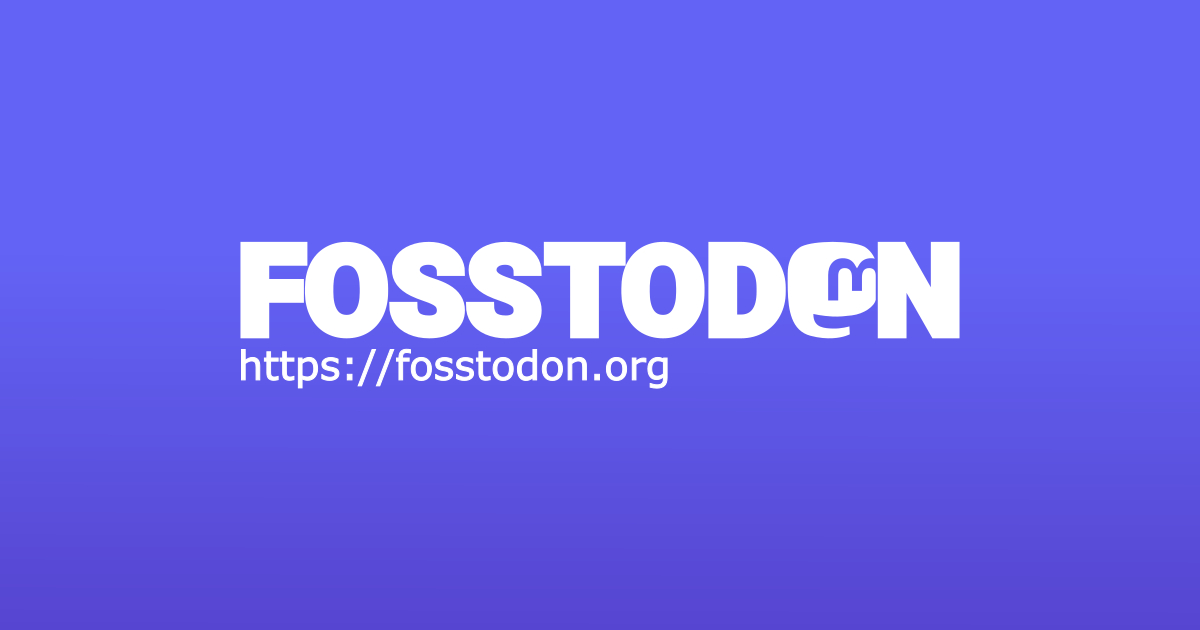
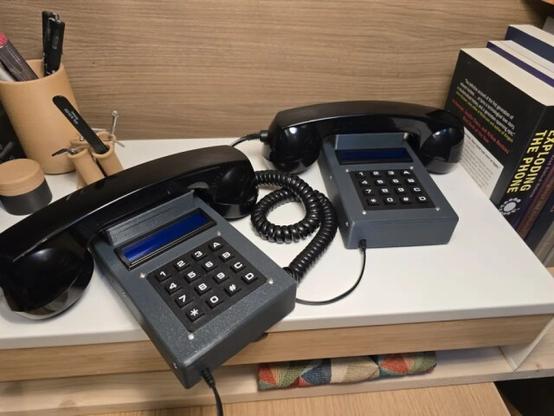
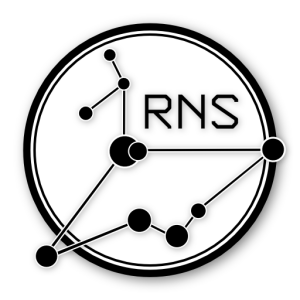
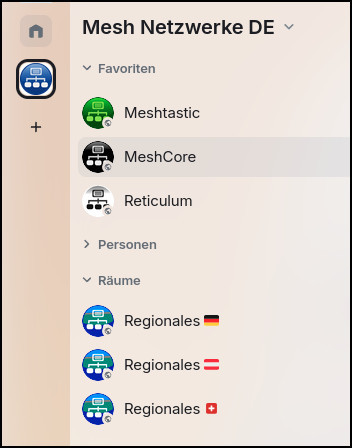
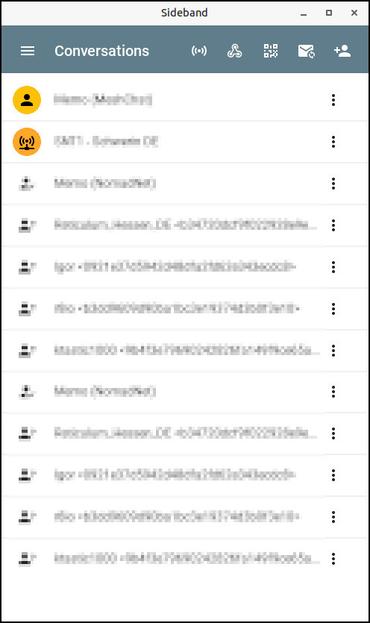
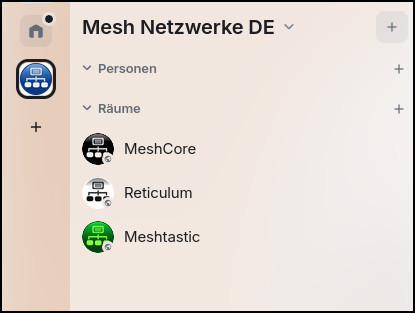

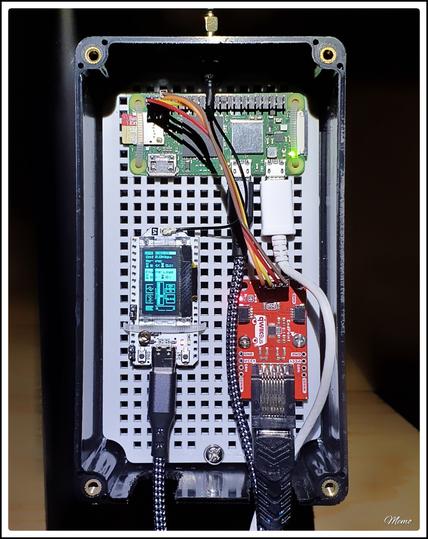
 Ich habe soeben meine Sideband Installationen auf die Release 1.5.0, auf allen Geräten (Linux, Raspberry, Android), ohne Probleme aktualisiert
Ich habe soeben meine Sideband Installationen auf die Release 1.5.0, auf allen Geräten (Linux, Raspberry, Android), ohne Probleme aktualisiert 